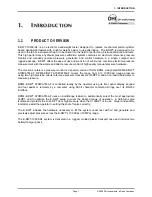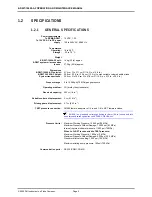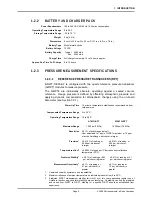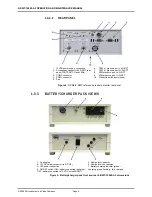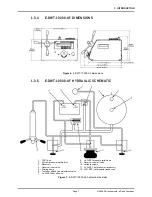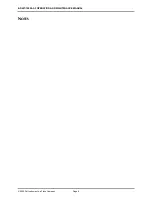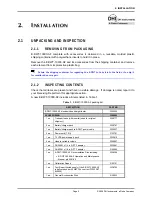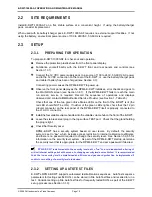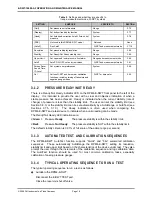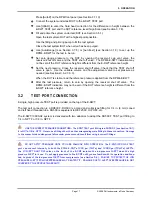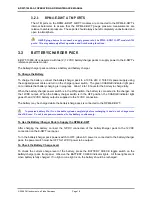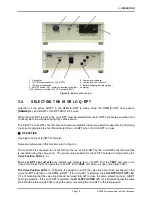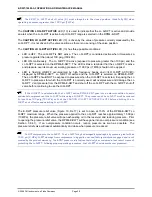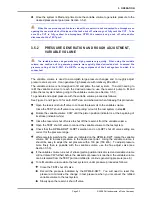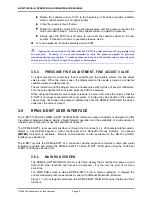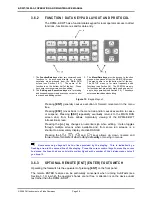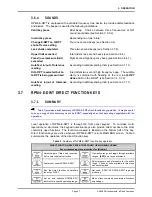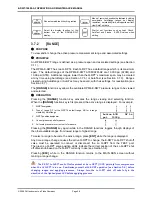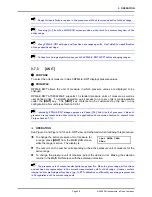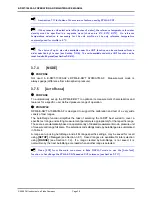
3. OPERATION
Page 15
© 2008 DH Instruments, a Fluke Company
3
3
.
.
O
O
P
P
E
E
R
R
A
A
T
T
I
I
O
O
N
N
3.1
GENERAL OPERATING PRINCIPLES
3.1.1
MULTIPLE RANGES (HI AND LO Q-RPT, AUTORANGE)
The E-DWT-10000-AF’s Reference Pressure Monitor (RPM4-E-DWT) has two Quartz
Reference Pressure Transducers (Q-RPTs). The A70M (10 000 psi) Q-RPT is designated the
Hi
Q-RPT. The A7M (1 000 psi) Q-RPT is designated the
Lo
Q-RPT. Which Q-RPT is
currently active is indicated continuously by characters in the upper right hand corner of the
MAIN RUN screen and most other screens.
Each RPM4-E-DWT Q-RPT has a default range which is its maximum range. Additional
ranges, lower than the Q-RPT’s maximum, may also be created using AutoRange and
AutoTest (see Sections 3.7.5, 3.1.3). Ranges created using AutoRange are temporary but
may be saved with all their settings for reactivation (see Section 3.8.1).
The ranges available on the RPM4-E-DWT are accessed using
[RANGE]
(see Section 3.7.2)
and/or created using
[AutoRange]
(see Section 3.7.5).
An RPM4-E-DWT range is identified by a range screen showing the Q-RPT used by the
range, its current unit of measure and its full scale pressure. The range screen is:
1.
Q-RPT designator.
2.
Type of range. DF for the Q-RPT’s default range; AR for a range
created by AutoRange.
3.
Q-RPT position designator.
4.
Current pressure unit of measure.
5.
Full scale pressure
Active A70M DF Hi
psi 10000g
Most settings made in an RPM4-E-DWT range, such as unit of measure, display resolution
and stability setting are specific to the range. Settings selected while one range is active
apply to that range and not to other ranges. The range specific settings are stored with the
range and recalled whenever the range is made active. This makes setting up ranges a
convenient way to store and recall frequently used operating configurations. See Table 2 for
a listing of RPM4-E-DWT adjustments and settings and whether they are range, Q-RPT or
system specific.

